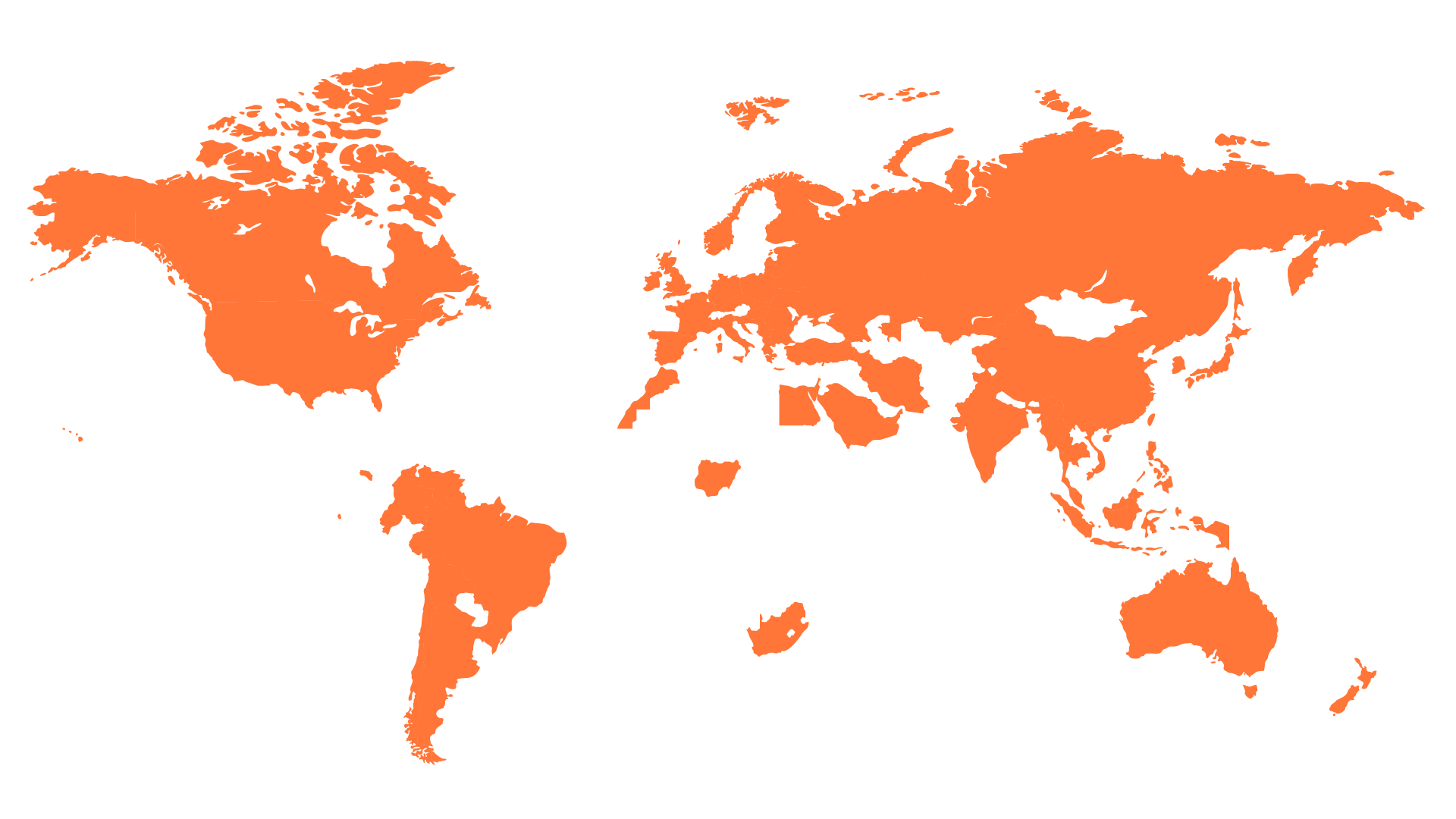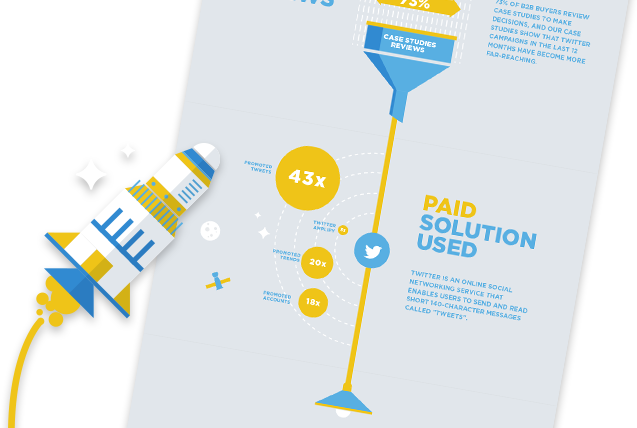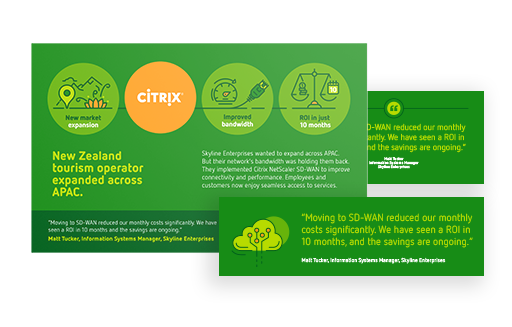
Customer success stories are a vital part of B2B marketing. The testimony of a client to prospects and potential buyers is powerful when your solution is the answer to someone’s need. But what if the client is hesitant to participate?
Client-facing staff, such as account managers, usually play a significant role in the success story process. From answering clients’ questions to identifying potential interviewees, their frequent interactions with clients make them perfect to scout candidates and spur buy-in. We’ve worked with enough brands to understand the barriers that account managers face once they’ve identified a client as a good subject for a success story. If you can equip your staff with the following information, getting buy-in from clients will be a lot easier.
What’s in it for them
Once you’ve identified customers for B2B success stories, start the conversation with how it will benefit them. Let them know why you want to highlight them – perhaps they are an “early adopter” or “trailblazer.” Sometimes the focus is on “best practice.” Help them feel special and eager to participate.
Offer to include their logo and a blurb about the company to help extend their brand awareness. Let them know that they can use the finished content for promotional purposes.
Point out the benefit to them if they use the success story internally. Bosses love to know that their money was well spent. A success story is a great way for customers to show their higher ups how the company is benefiting from the investment in a particular system.
Is it safe?
Sometimes, B2B case studies clients push back because they are afraid that their competitors will see how they are implementing different solutions. We are very clear to point out that we don’t need to share any sensitive information. A good customer evidence program has a review process in place to ensure all stakeholders (including legal compliance if necessary) have oversight of drafts at crucial milestones.
Also, reassure them that the content won’t be used for public relations purposes. It isn’t going to be broadcasted or blasted out to the press. Instead, it will be a resource on a customer-facing website.
From time to time we encounter clients whose corporate policies dictate that they can’t participate in case studies. There isn’t much to do in that case other than move on to the next awesome client who can help you out.
Keep it Simple
We make it as easy as possible for our clients, so they don’t have to invest much time or effort. They are busy, and while we want them to share what they have learned, we don’t want to take them away from their work. We create an outline detailing exactly what we will need so they understand that it won’t require much time on their part. Our benchmark for time involvement from clients includes about 30 minutes to review the success from their point of view and to grab some great quotes, as well as a small amount of time later in the process to review drafts and provide final approval.
Talk to the Pros
When considering which clients to approach to participate in customer success stories, take the time to think about who is the best person to interview.
It has been our experience that it is best to steer clear of CXOs and other executive level people and focus on the end-users and business decision makers. Talking to these people will offer far more insight to potential customers than a glossy quotation from an executive. If a prospect is reading a case study, they’ve moved beyond the high-level pleasantries. They are looking for the gritty details and want to be convinced.
Conclusion
Account managers or your client-facing staff are in an excellent spot to identify success story candidates and foster buy-in. It can be a smooth process as long as everyone has the information they need to communicate with clients. A little bit of effort up front makes the process easier for everyone involved. Getting past this first hurdle – having the client agree to participate – clears the way to concentrating on tips for creating engaging case studies.







